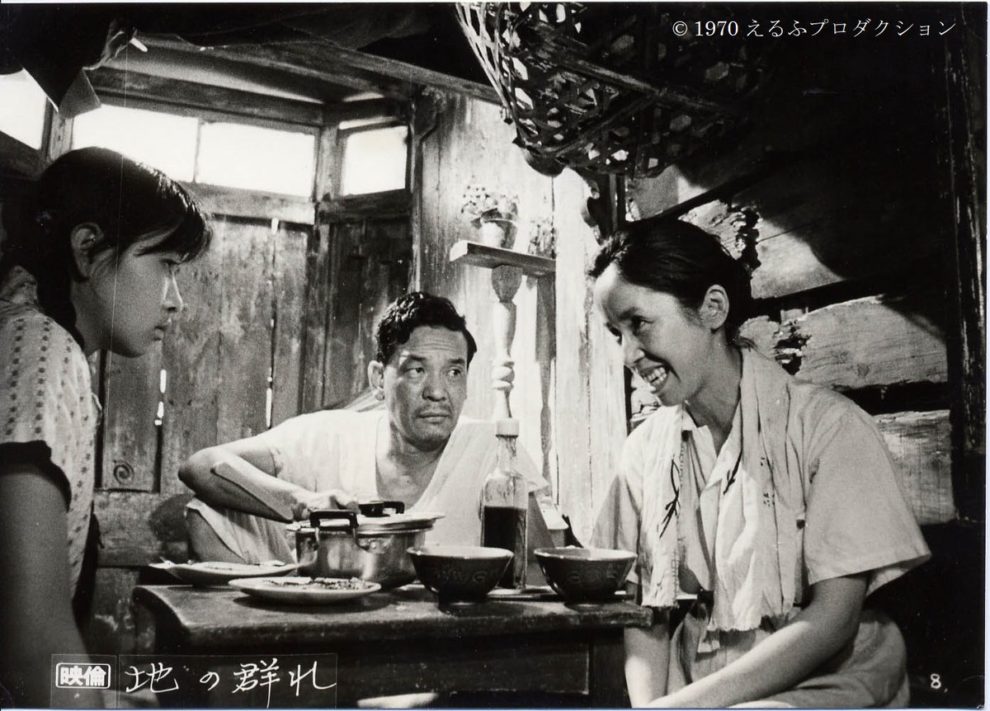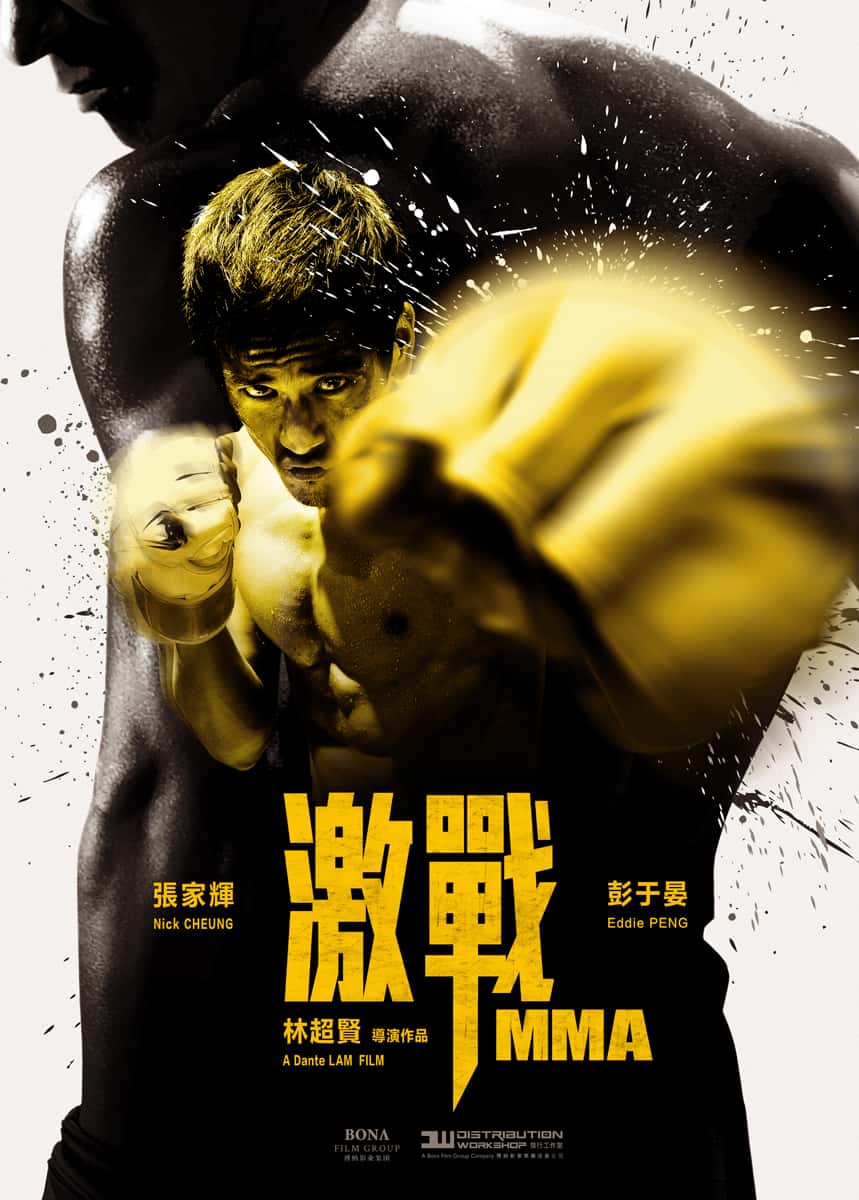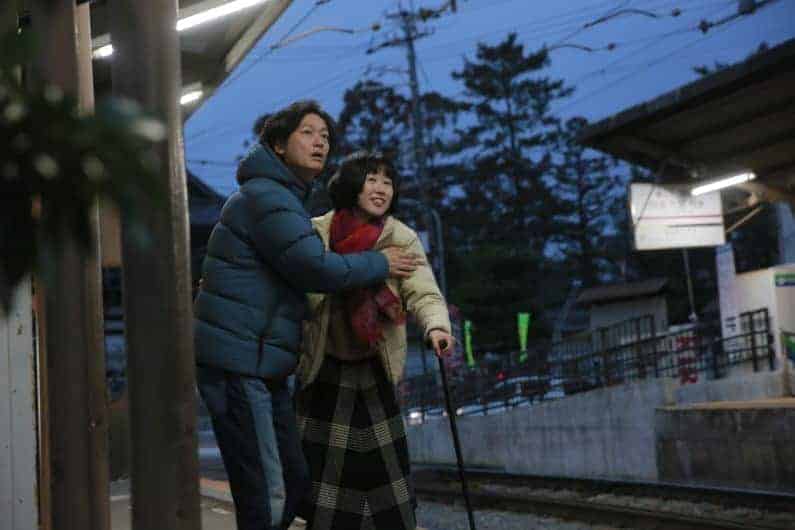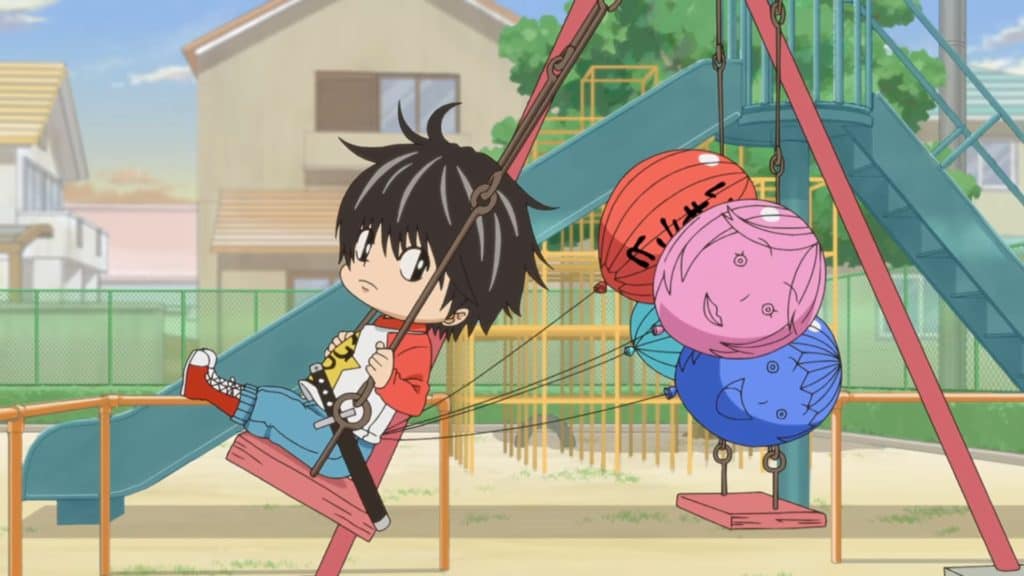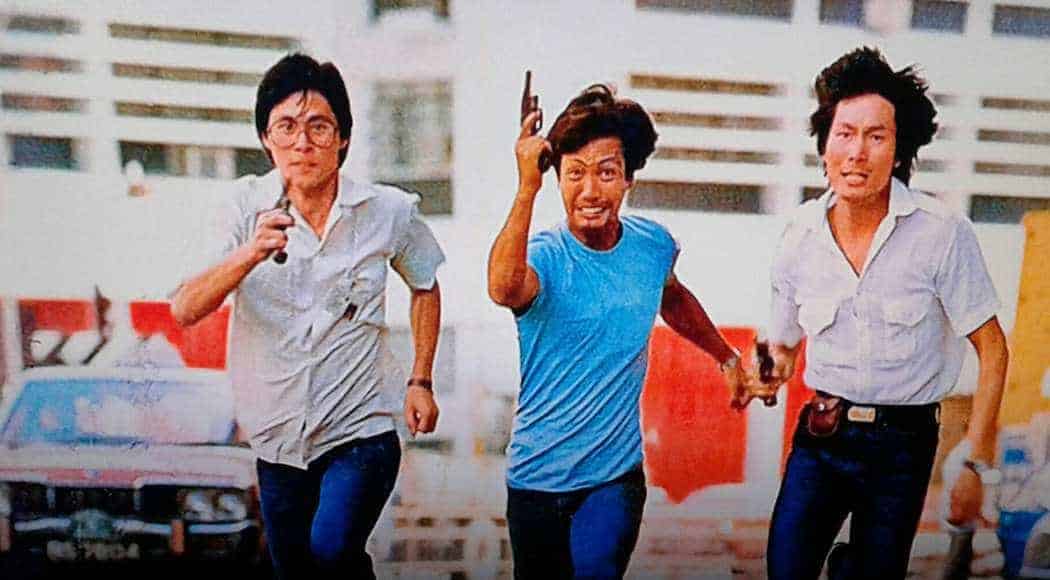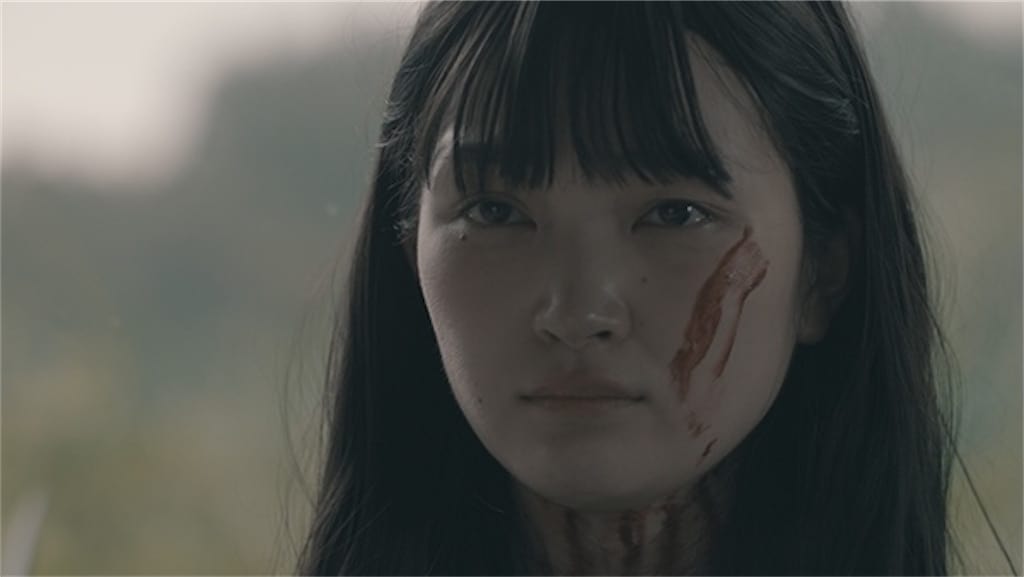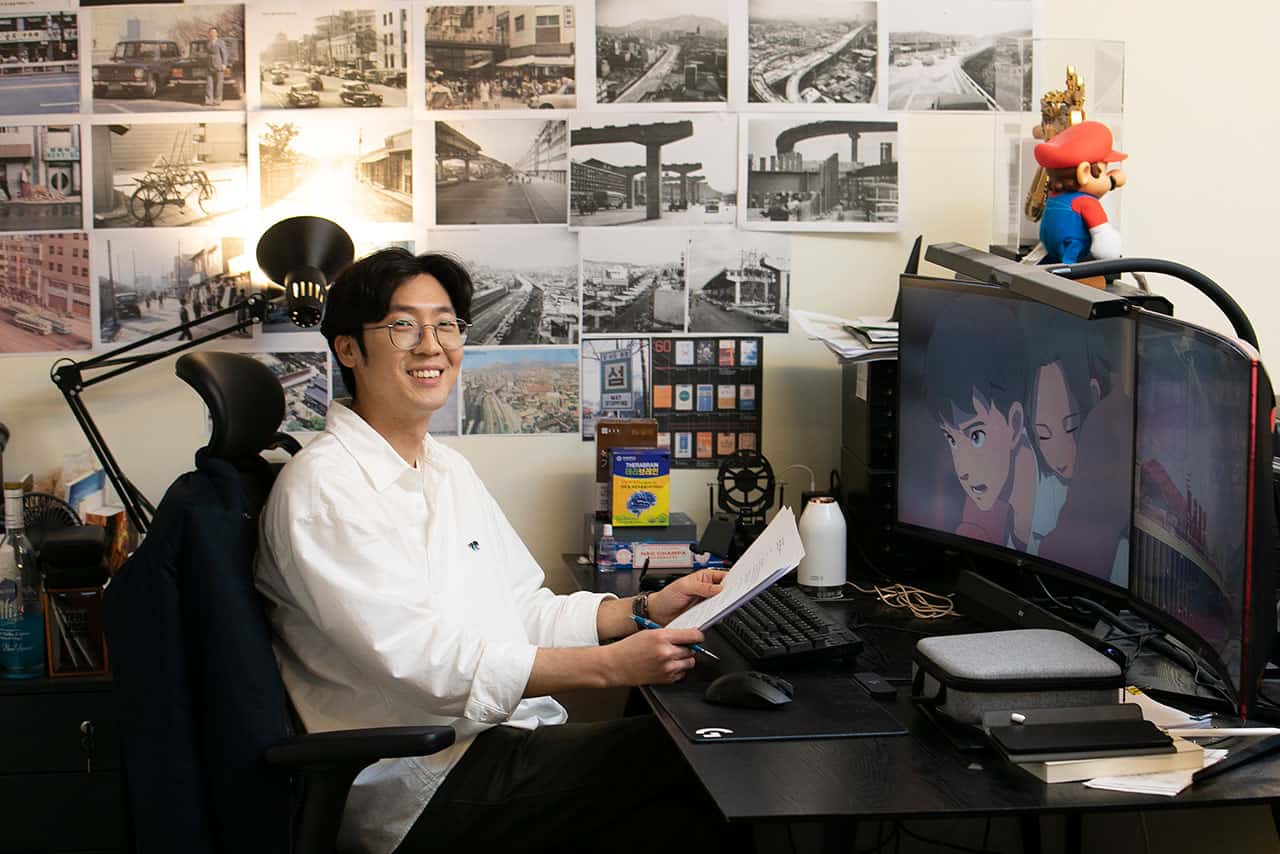As we have mentioned throughout our tribute to the Art Theatre Guild, the filmmakers whose works it produced, had utter creative freedom, both artistically and contextually, something they took advantage of, in order to portray comments and issues that no one else was referring to. “Apart from Life”, based on the novel by Mitsuharu Inoue, is one of those titles, as it deals with the concept of inter-discrimination among the discriminated victims of the atomic bomb radiation. The film screened in Berlin where it was nominated for the Golden Bear.
The story is set on Sasebo in Kyushu, where a US naval base exists close to Nagasaki, and focuses on a series of individuals, whose lives interconnect. Dr Unami is a middle-aged doctor who, as the film begins, reminisces his years as a soldier, and the affair he had with a Korean-Japanese girl at the beginning of World War II, but abandoned when he saw a way out of life in the coal mines. Meanwhile, in the present, a girl asks him to treat her of A-bomb disease symptoms, but her mother denies being in Nagasaki at the time of the bombing, because such an admission would mean that the girl would never be able to get married. Those who have admitted the fact or show signs of radiation poisoning, have been ostracized to the slum area of Kaito Shinden, where they are treated as Untouchables (burakumin, the lowest caste in Japanese society).
One of the girls in the area, Tokuko, is raped by another man from the slums, but a different young man, catholic Tsuyama, whose trauma from the bomb has made him half-crazy and against anything Christian, is the one who ends being accussed of the crime. Unami, who is also an alcoholic, has frequent fights with his wife, Eiko, who has been cheating him for years with Moritsugu, a communist and Unami's best friend and comrade in the same cell, who is now dead. Their relationship however, was in strain due to his actions, as his fear of passing on radiation sickness has made him to force his wife to repeated abortions, without even telling her the reason.
Kei Kumai directs a multileveled film, whose main goal seems to be to highlight the consequences of atomic bombing in a sociophilosophical and psychological context, in a setting that is inhabited just by outcasts. Regarding this last aspect, his characters include people who are essentially ousted from their own harbor that has been taken over by US forces, while the rest of them are either Catholics or Koreans or burakumin or radiation poisoning victims, essentially minorities in the country. What emerges as the most shocking element however, is that the last ones are at the bottom of the “caste system” even lower than the burakumin, a concept that essentially brings us to the main goal purpose here, of showcasing the consequences of the A-bomb. That this is one of the very rare (if any) chances that films about Hiroshima refer to this aspect, is where the biggest value of the movie lies. At the same time, the discrimination against the discriminated element presents another comment about human nature.
Kumai also tries to shock his audiences in a number of ways, which, apart from the presentation of a number of taboo topics, extends to the visual aspect of the movie. Particularly a repeating sequence of rats eating a dead chicken, before getting burned by fire, and a similar one with pigs, are rather horrid in its depiction, with the parallel with the victims of the bombing being quite palpable here. Also shocking in its presentation, if absurdly humorous on occasion, are Tsuyama's actions, with his continuous beheading of Madonna statues, but ever more so, his chasing of Catholic nuns whenever he stumbles upon them, functioning as a direct accusation, but also as a notion that most Christians would perceive as blasphemous.
All these elements benefit the most by the documentary-like approach of Naoyuki Sumitani's cinematography, which also takes full advantage of the shanty-like, filled with narrow streets setting in order to present the claustrophobia that all the protagonists feel in essence, along with the sense of being trapped, which also connects them with the aforementioned mice sequences. At the same time, however, Kumai also seems to become lost, just like his protagonists in this setting, with the back and forths in time, the overwhelming plethora of characters, incidents and comments, resulting in a labyrinthic narrative that is very hard to follow after a fashion. Furthermore, that this fault derives not from contextual depth that much, but mostly from issues in the scriptwriting, intensifies this problem even more, essentially showing that in his effort to include as many elements of the book as possible, Kumai lost his sense of measure, in a an aspect that is also mirrored in the editing.
From the plethora of actors appearing, the ones who stand out are definitely Mizuho Suzuki as Unami, who presents a truly broken character with nuance, Mugihito as the half-crazy Tsuyama, and Noriko Matsumoto as Eiko, whose monologues are among the best moments of the movie, even if a bit melodramatic.
“Apart from Life” has its issues, but its true value lies in the presentation of its unique comments, in another movie that highlights the freedom ATG gave to its filmmakers.


